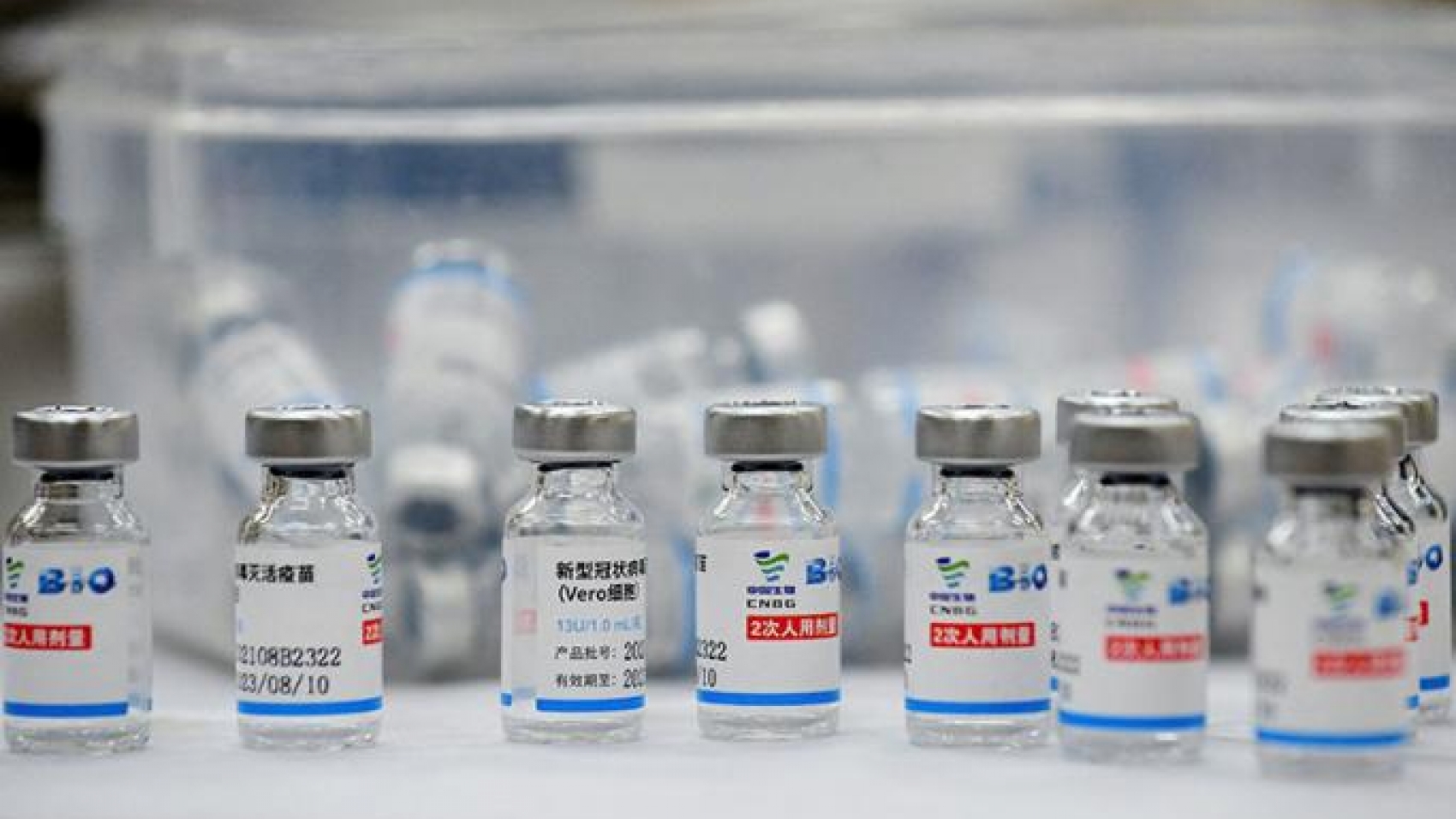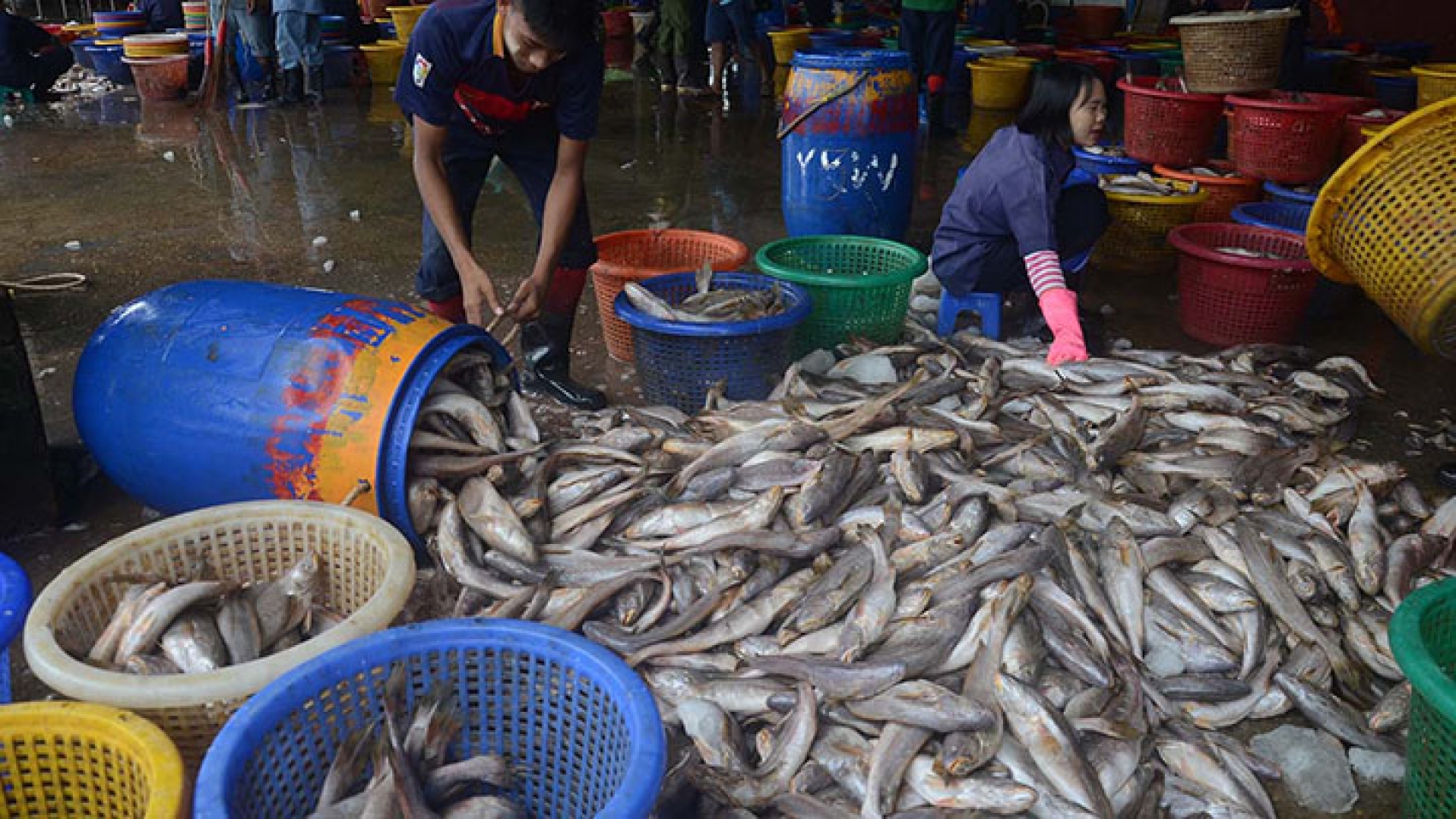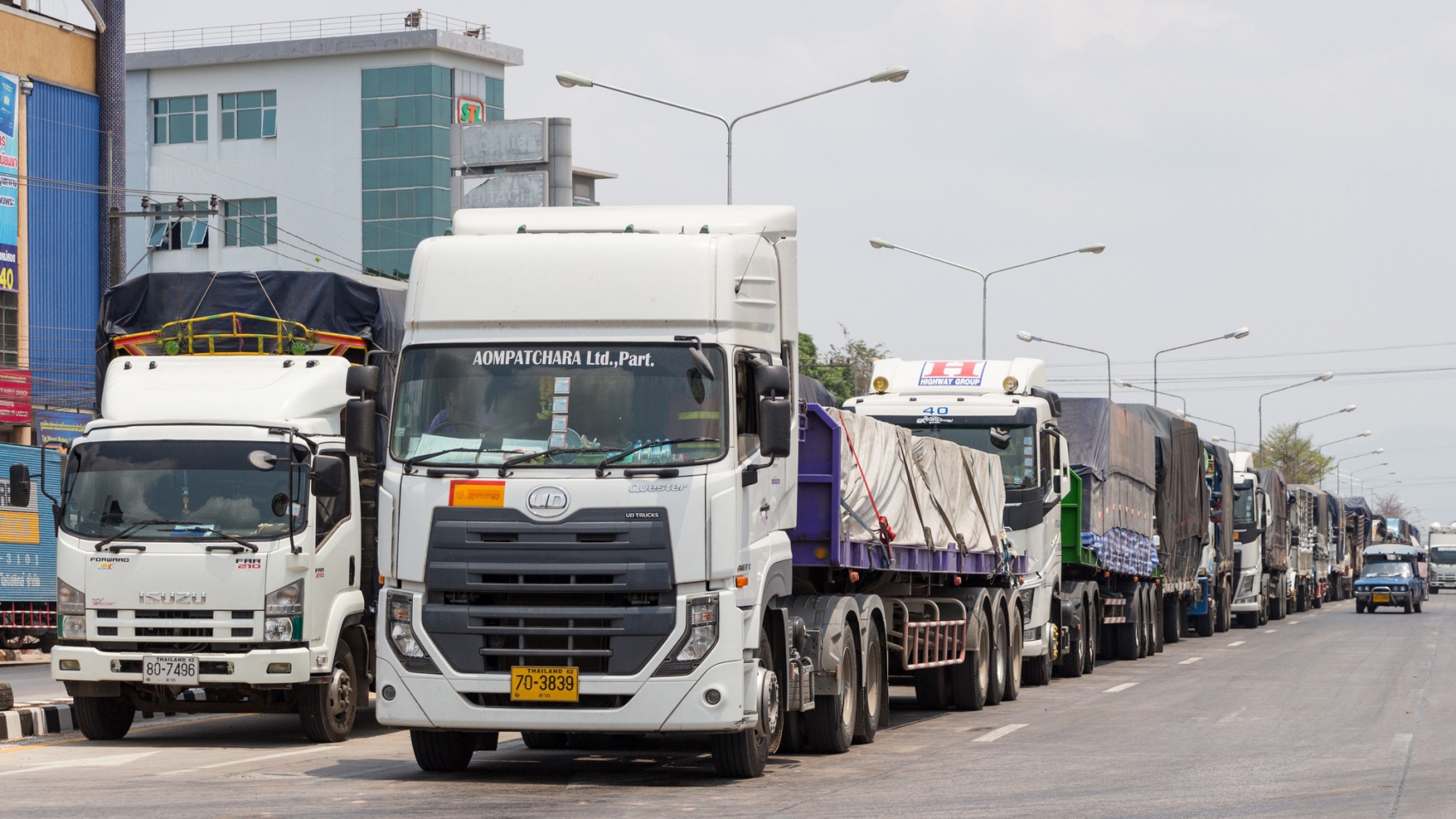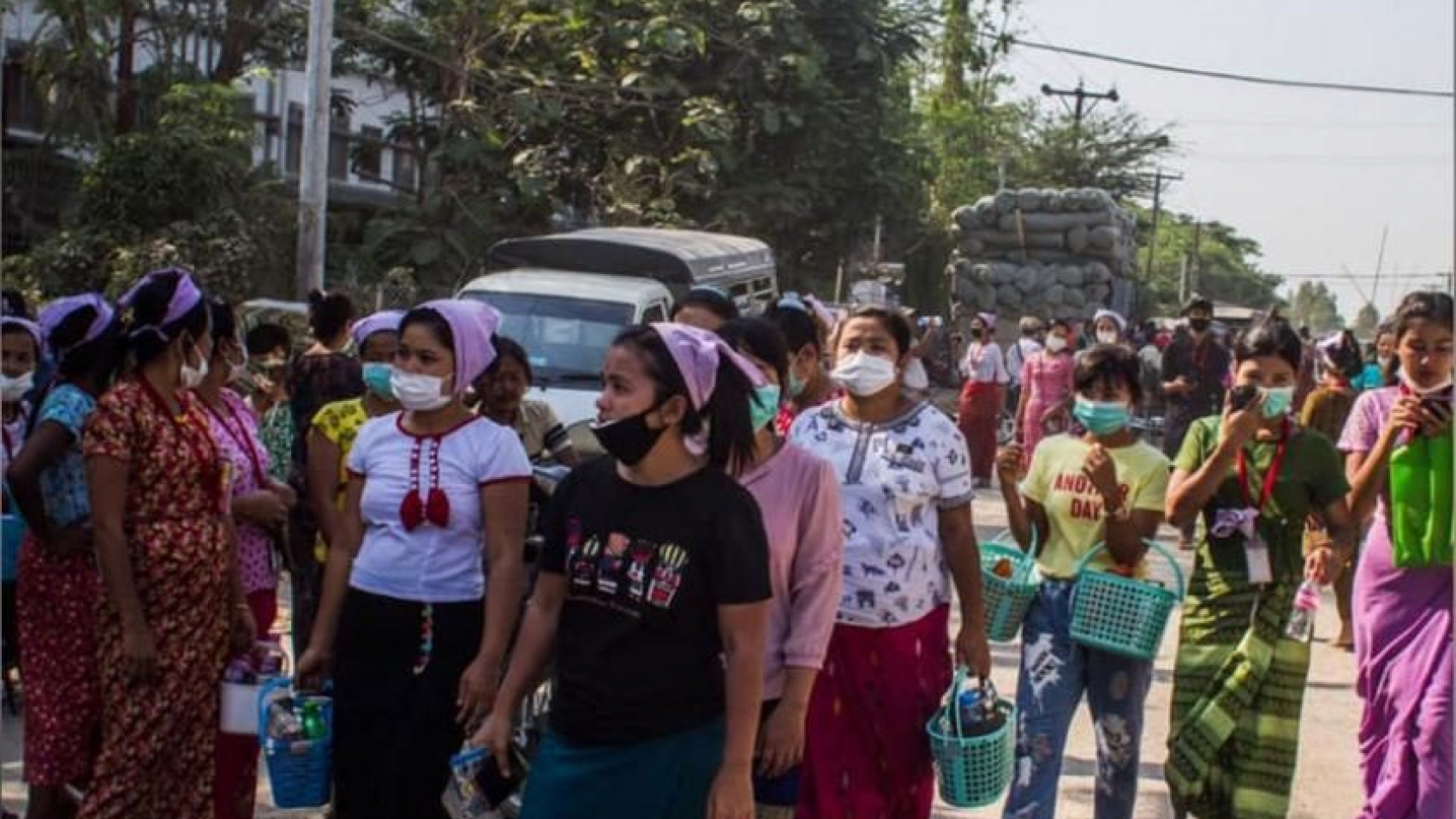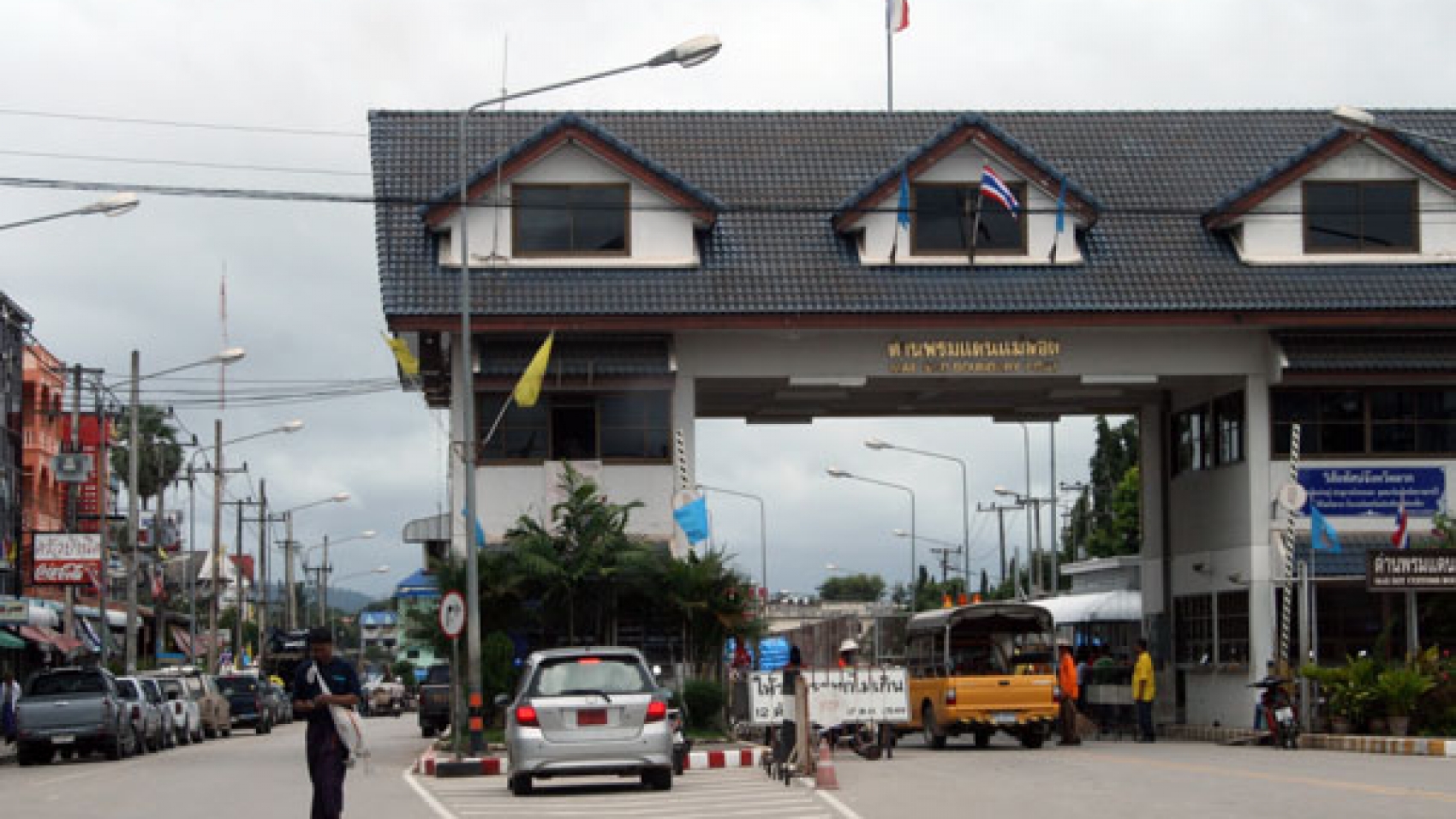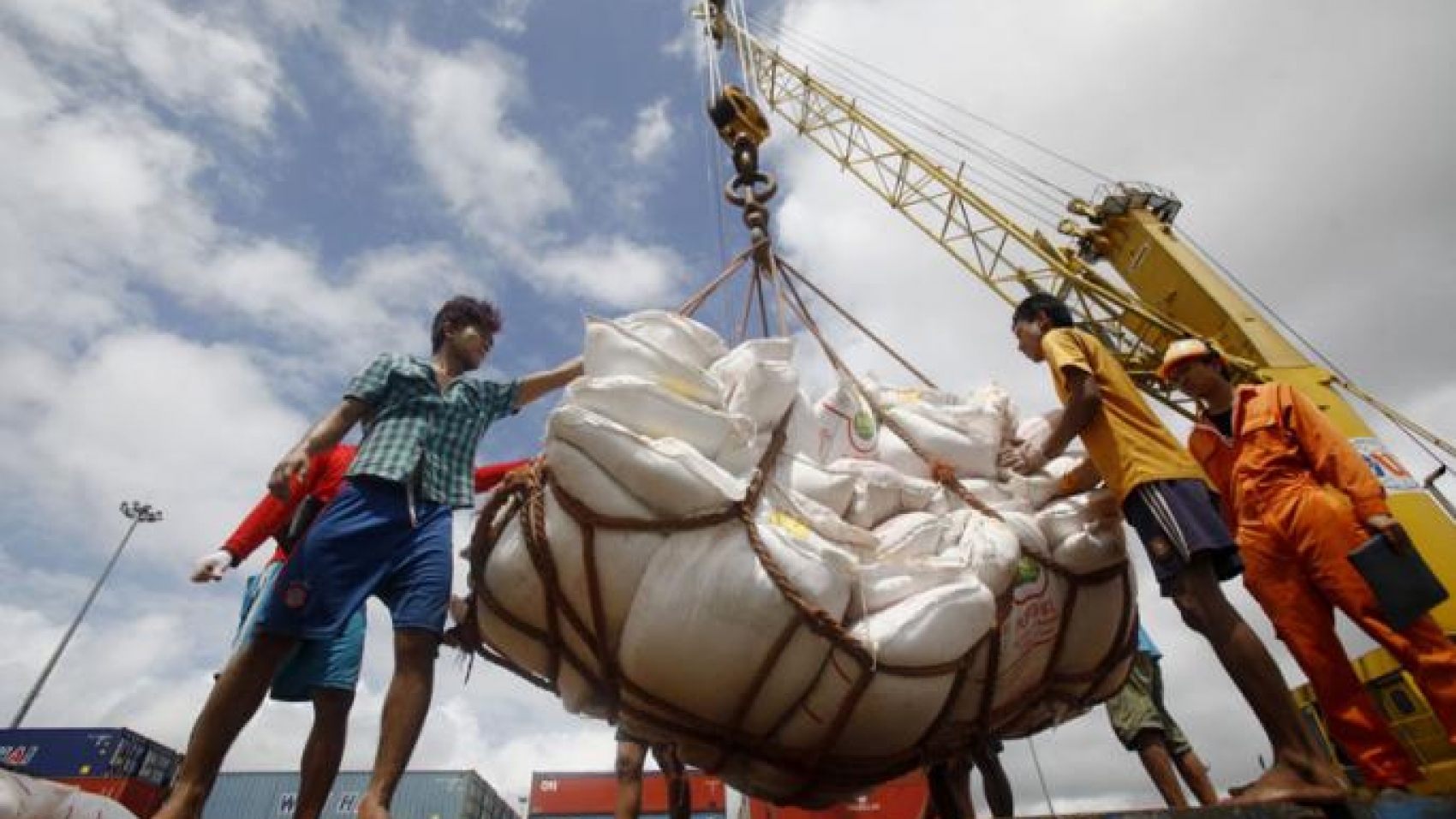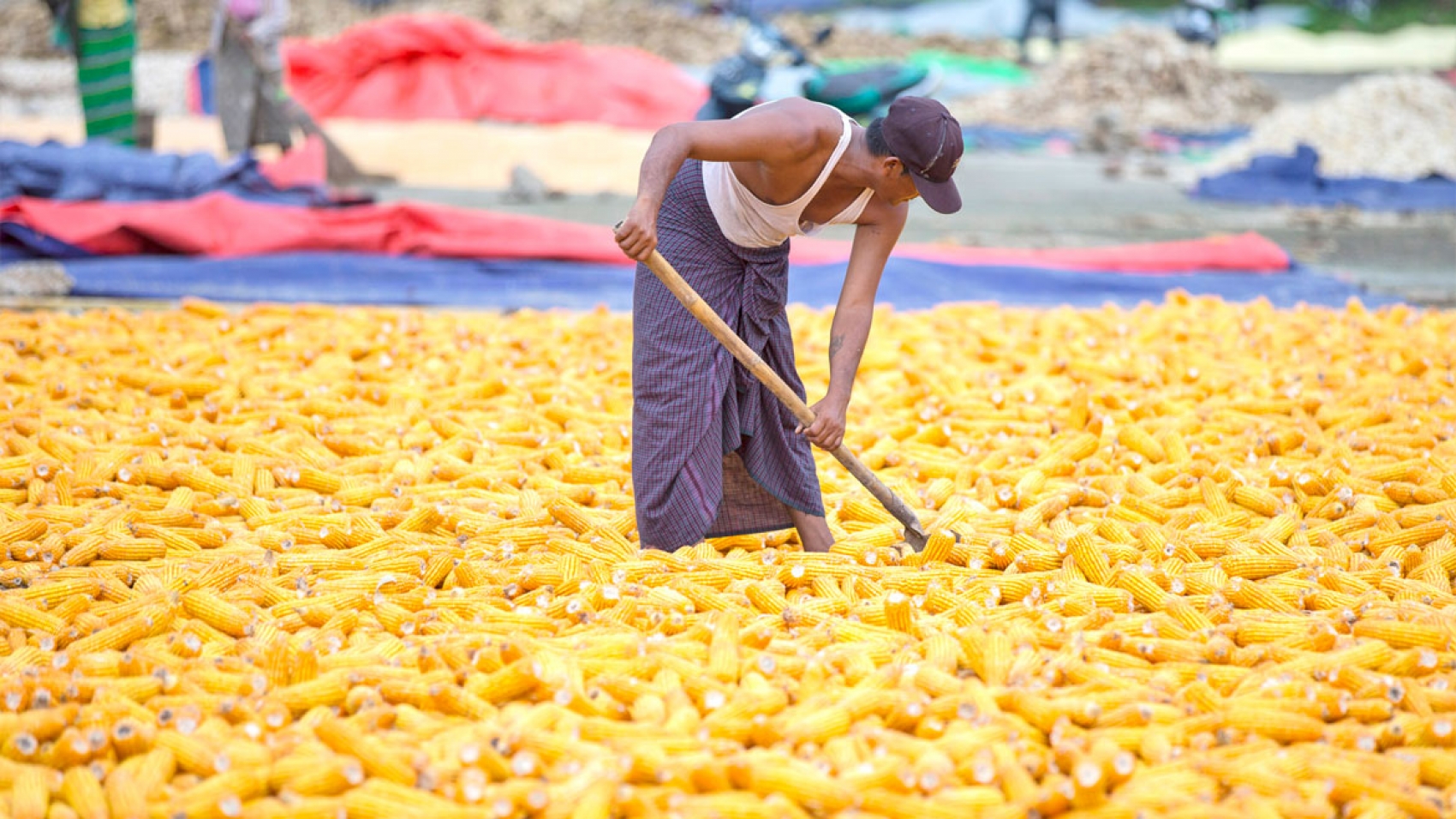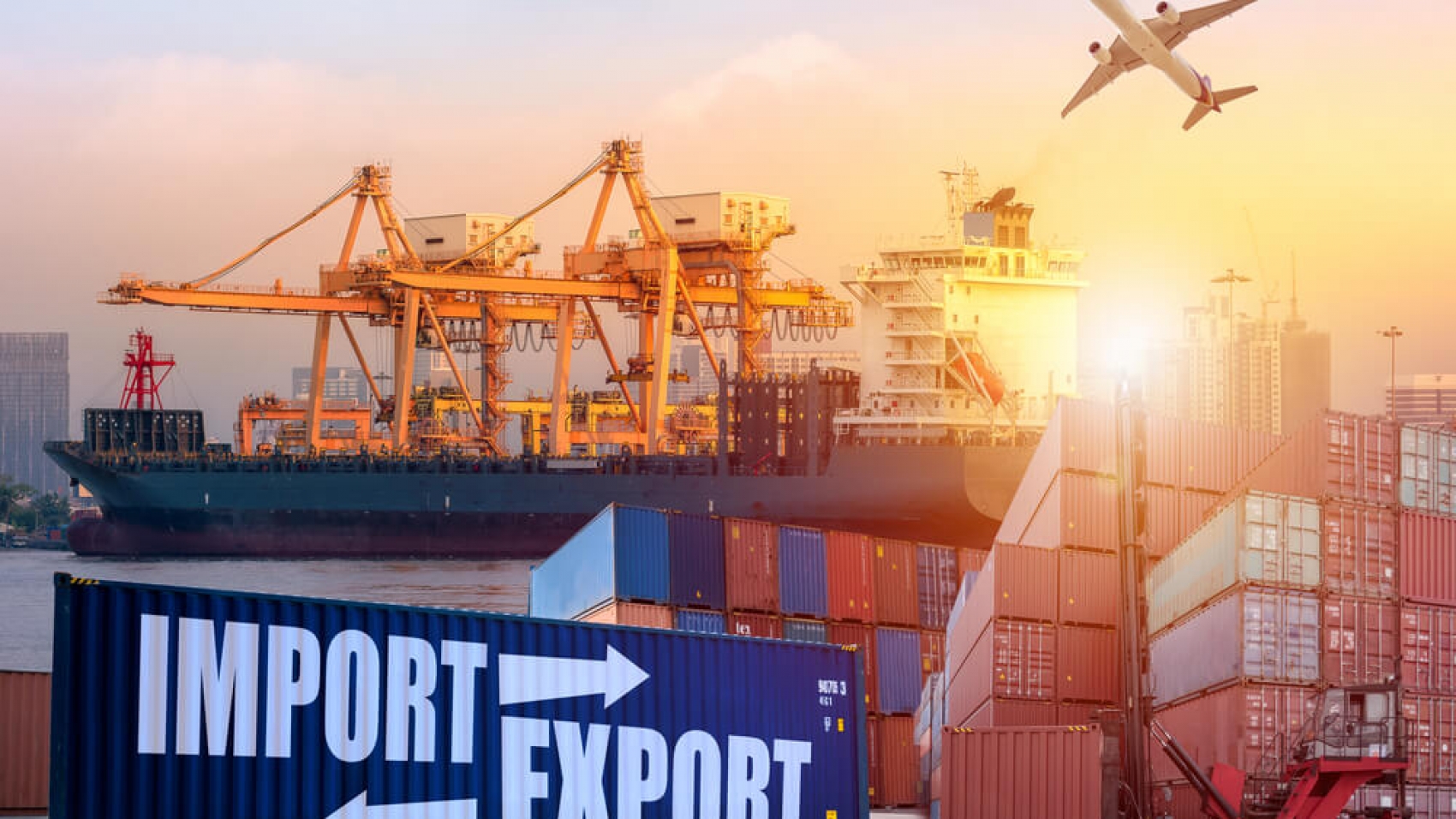As a measure to prevent and control the spread of COVID-19, the Ministry of Health is administering the COVID-19 vaccines to the target groups. Of 24 million doses of Sinopharm COVID-19 vaccines purchased from the People’s Republic of China, 4 more million doses arrived at the Yangon International Airport yesterday and were received by the head of Yangon Region Medical Services/ Public Health Departments and official.
These vaccines will be distributed to regions and states based on the requirement, via road transport or with the help of the Tatmadaw (Air) and Myanmar airways in the cold chain. The newly arrived COVID-19 vaccines will be given to the original target groups and extended groups according to their priorities.
Till 26 September, two million doses of COVISHIELD, 10 million doses of Sinopharm and two million doses of Sinovac purchased by the Ministry of Health, totalling 14 million have arrived in Myanmar. The people are urged to receive the COVID-19 vaccines, and those who have already received the first dose are encouraged to go to the nearest immunization centres and receive the second dose on the scheduled immunization date or near the due date, as well as to actively participate in the vaccination activities.
Source: The Global New Light of Myanmar

